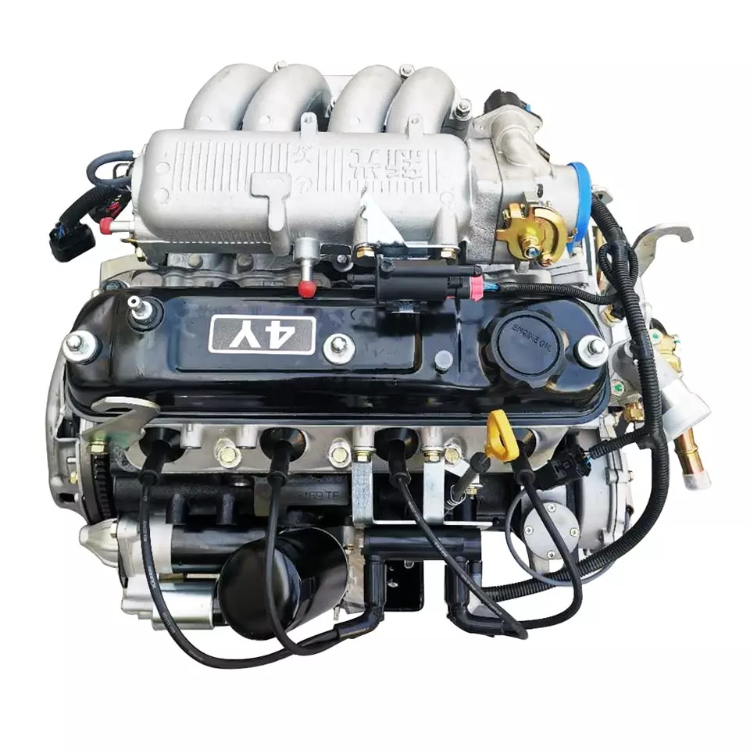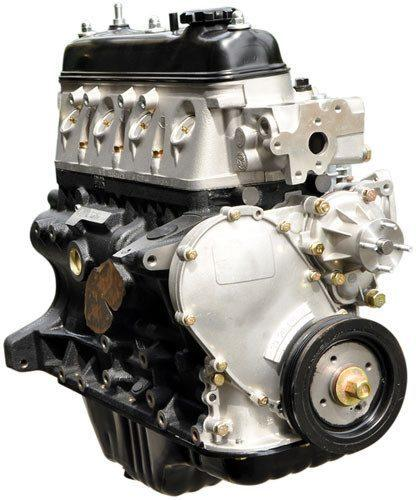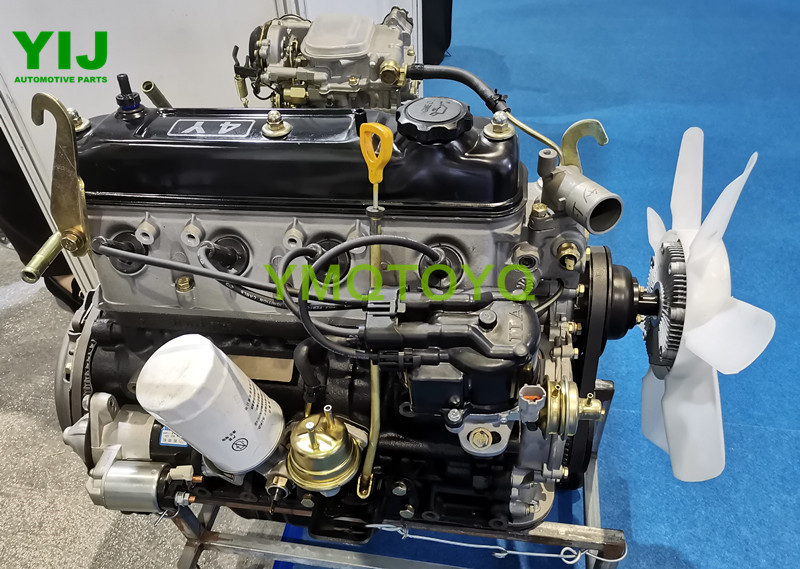The Role of the 4Y Engine in the Automotive Industry’s Evolution
The Role of the 4Y Engine in the Automotive Industry’s Evolution
Blog Article
Checking Out the Different Types of Engine: Which One Fits Your Requirements?
In the quest to identify one of the most appropriate engine type for your particular requirements, it is crucial to assess the unique characteristics and benefits of each alternative readily available. Inner combustion engines remain to control as a result of their dependability, while electrical engines are obtaining traction for their sustainability. Crossbreed engines provide a flexible concession, and diesel engines stick out for their power in demanding applications. In addition, alternate gas engines existing cutting-edge remedies, albeit with certain limitations. Understanding your top priorities will contribute in this decision-making process, causing an exploration of factors that may influence your selection.

Internal Burning Engines
Inner burning engines (ICEs) are the backbone of modern transport, powering a substantial variety of automobiles from automobiles to aircrafts. These engines run on the principle of transforming gas right into mechanical power with a series of regulated surges within a combustion chamber. The most typical sorts of ICEs include fuel engines, diesel engines, and rotating engines, each designed to satisfy particular efficiency and performance needs.
Gasoline engines generally utilize spark ignition, while diesel motor depend on compression ignition, leading to unique distinctions in fuel effectiveness and power outcome (4y engine). Rotating engines, or Wankel engines, offer a portable layout and smooth procedure, however are much less commonly used in mainstream applications
ICEs have actually undergone considerable advancements in technology, consisting of the introduction of turbocharging and fuel injection systems, which improve overall performance and performance. In spite of their effectiveness renovations, ICEs face boosting examination due to their ecological impact, particularly concerning greenhouse gas emissions.
Electric Engines
As worries concerning ecological sustainability and fossil gas dependence grow, electrical engines have emerged as a compelling choice to interior combustion engines. These engines use electric motors powered by batteries or fuel cells, giving a cleaner and a lot more effective means of propulsion.
One of the primary advantages of electrical engines is their minimized emissions. Unlike standard engines that burn nonrenewable fuel sources, electrical engines create zero tailpipe exhausts, dramatically lowering air contamination and adding to enhanced public health. Additionally, the efficiency of electric motors frequently goes beyond that of interior burning engines, transforming a higher proportion of power from the power source into functional power for motion.
Electric engines are also remarkable for their quiet procedure, making them suitable for city atmospheres. 4y engine. The simplicity of their style causes less relocating components, which can bring about minimized upkeep prices and enhanced dependability in time
However, challenges continue to be, consisting of battery production effects, billing framework, and array constraints. In spite of these hurdles, the expanding investment in electric lorry modern technology and sustainable power resources factors towards an encouraging future for electric engines, placed to play a critical function in the change towards sustainable transport.
Crossbreed Engines
Blending the advantages of both electric and standard inner burning engines, hybrid engines represent a versatile solution in the mission for effective and lasting transport. These engines incorporate a fuel or diesel engine with an electric motor, enabling enhanced gas effectiveness and lowered discharges contrasted to conventional vehicles.
Hybrid engines run in a number of modes, making use of the electric motor for low-speed driving and the interior burning engine for higher rates or when even more power is required. This vibrant operation not just improves fuel economic climate however also adds to a smoother driving experience. Regenerative stopping is another critical function, catching energy normally shed throughout braking and redirecting it to charge the battery.

As customers significantly focus on eco-friendliness, crossbreed engines stand out as a functional option, using an effective equilibrium of efficiency, effectiveness, and environmental duty. This versatility makes them appropriate for city travelling and long-distance travel Website alike.
Diesel Engines
Efficiency and power are characteristics of diesel motor, which have actually long been preferred for their toughness and gas economic climate. These engines operate the concept of compression ignition, where air is compressed to a heat prior to gas is infused, sparking it without the requirement for ignition system. This procedure makes it possible for diesel motor to attain higher More about the author thermal performance contrasted to fuel engines, translating right into far better fuel gas mileage and reduced carbon dioxide emissions.
Diesel engines are especially fit for heavy-duty applications such as trucks, buses, and commercial equipment, where torque and durability are critical. Their design typically consists of stronger components to stand up to the higher pressures produced during procedure, leading to longer service life and lowered maintenance costs.

Alternative Gas Engines
While diesel engines have lengthy controlled the landscape of sturdy power resources, different fuel engines are obtaining grip as feasible options for a much more sustainable future. These engines utilize a selection of gas, such as pressed gas (CNG), gas, ethanol, and hydrogen, aiming to minimize greenhouse gas emissions and reliance on fossil fuels.
One considerable benefit of alternative gas engines is their possible to lower carbon impacts. For instance, CNG engines give off fewer toxins contrasted to typical diesel motor, making them ideal for metropolitan transit systems and fleets looking for to enhance air high quality. Ethanol, originated from biomass, not only reduces discharges but also supports farming economies.
Hydrogen fuel cells represent an advanced growth in this world, using zero-emission power via a chemical response in between hydrogen and oxygen. Nevertheless, obstacles such as framework advancement and manufacturing click to read costs remain barriers to extensive fostering - 4y engine.
Conclusion
Finally, picking the appropriate engine type necessitates mindful factor to consider of certain demands and choices. Interior burning engines offer reliability, while electric engines focus on sustainability and lowered upkeep. Hybrid engines integrate the advantages of both, boosting performance, whereas diesel motor offer exceptional power and torque for durable applications. Alternate gas engines present eco-friendly options, albeit with potential facilities difficulties. Inevitably, a thorough assessment of driving habits and ecological values will certainly promote an informed choice pertaining to engine selection.
Hybrid engines offer a functional compromise, and diesel engines stand out for their power in requiring applications. The most typical kinds of ICEs consist of gas engines, diesel engines, and rotary engines, each created to fulfill details performance and performance demands.
Unlike traditional engines that melt fossil fuels, electric engines produce zero tailpipe exhausts, considerably decreasing air pollution and adding to boosted public health and wellness.Hybrid engines run in a number of settings, utilizing the electrical motor for low-speed driving and the interior combustion engine for higher rates or when more power is needed. Hybrid engines combine the benefits of both, improving performance, whereas diesel engines provide superior power and torque for durable applications.
Report this page